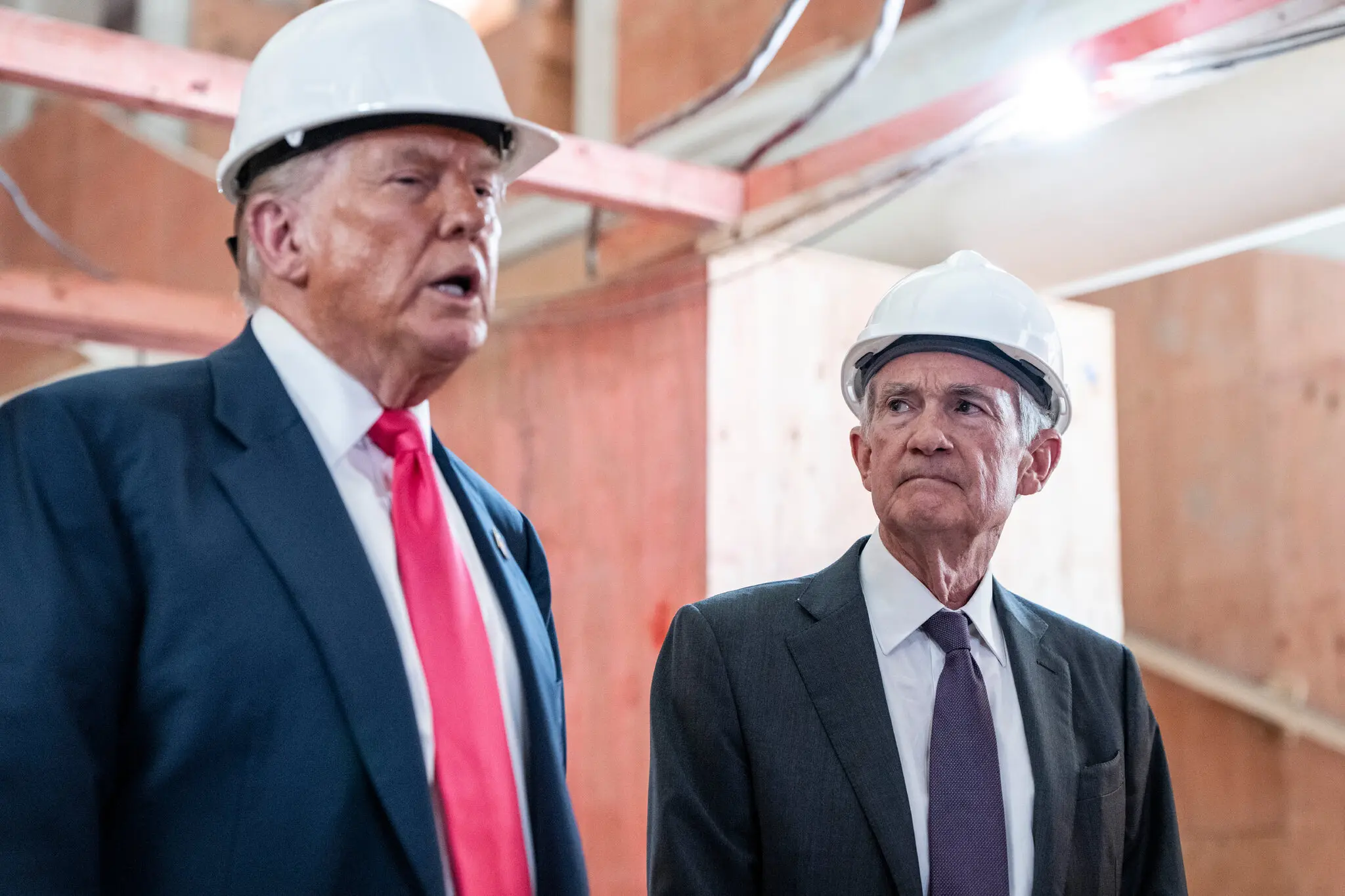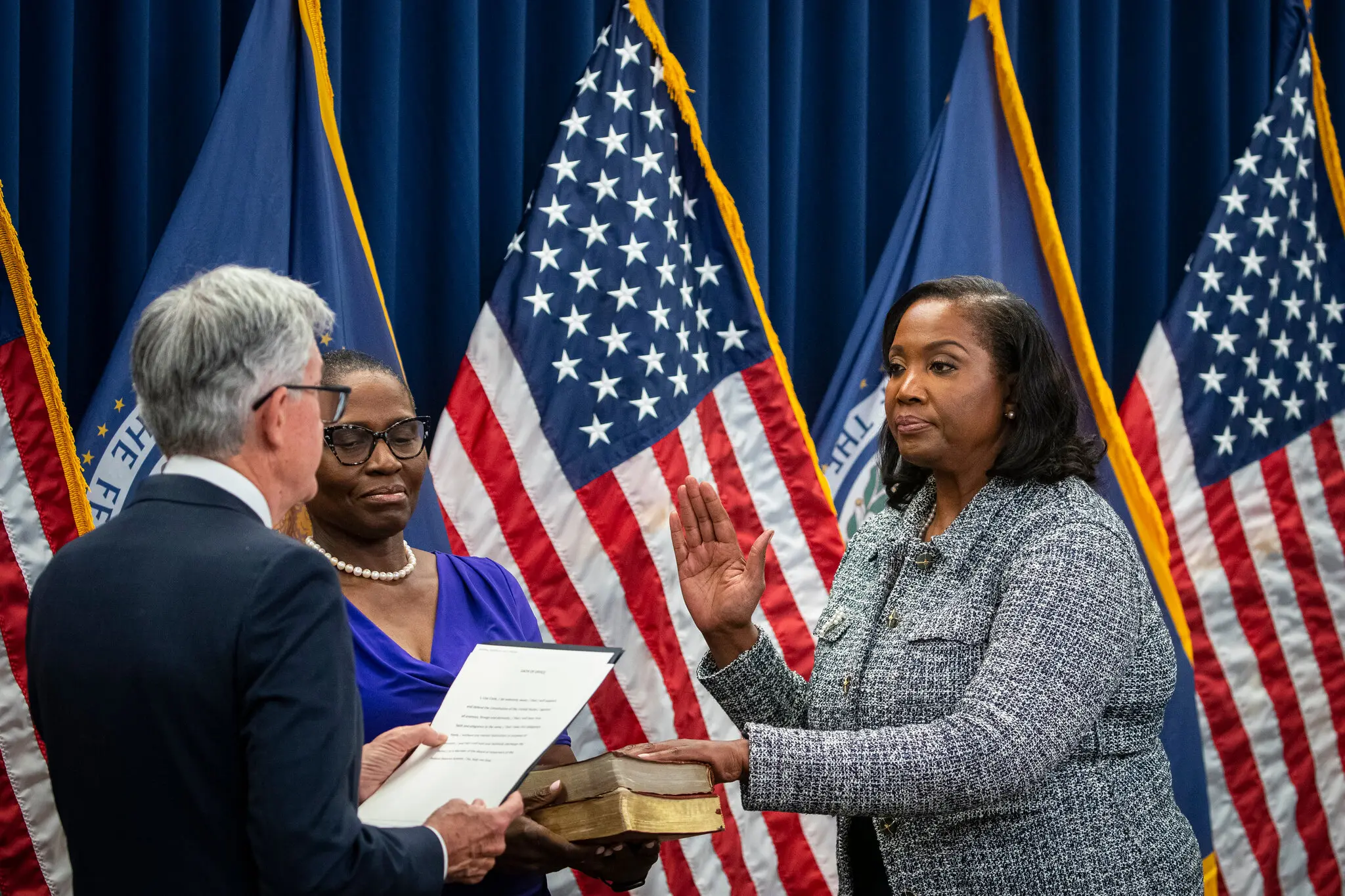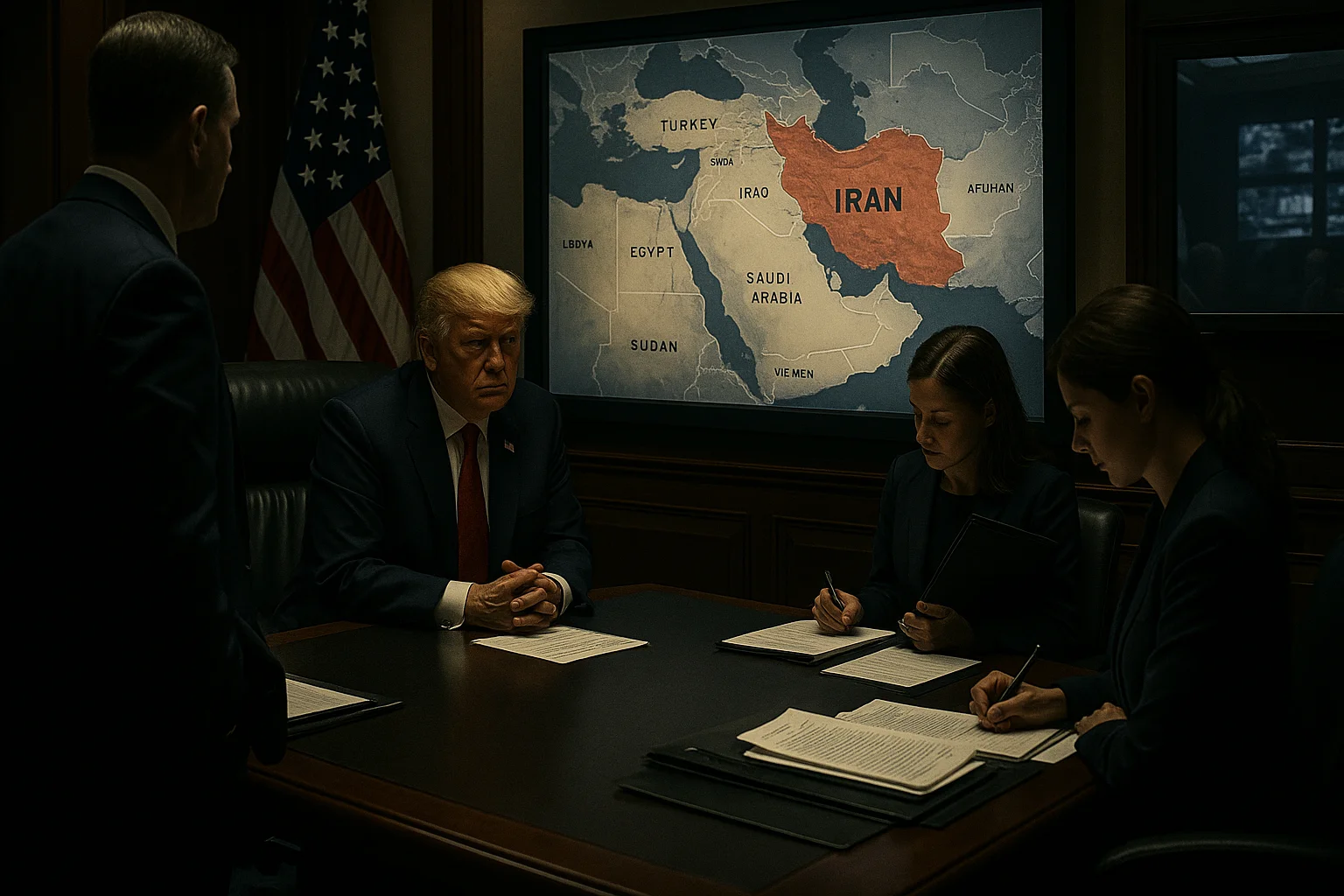Trump Intensifies Effort to Oust Federal Reserve Governor
27.08.2025
Trump Pushes Boundaries Again With Attempt to Remove Fed Governor Lisa Cook
A New Clash Over Independence of the Fed
President Trump has claimed he has grounds to dismiss Federal Reserve Governor Lisa D. Cook, arguing that she failed to align with his demands to support lower interest rates. The move represents his latest escalation in attempts to consolidate greater control over independent U.S. institutions — particularly the central bank, which Congress intentionally structured to operate beyond direct White House influence.
By seeking to remove Ms. Cook, whose term runs until 2038, Trump has set up a new test for the courts and the Republican-appointed Supreme Court majority: how far they will allow him to go in weakening the checks and balances Congress designed to limit presidential power.
Legal Justification Under Scrutiny
At the core of the dispute is whether a president alone can decide if there is “cause” to remove an official at an independent agency, or whether judges can intervene if the reasoning appears politically motivated. The Federal Reserve Act specifies that board members serve 14-year terms and may be removed “for cause,” but the law does not define what constitutes sufficient grounds.
Trump, citing alleged irregularities in Cook’s mortgage applications, insists he has the authority to act. Critics counter that his explanation is a pretext to justify interference in the Fed’s independence.
A Pattern of Expanding Authority
The attempt to oust Ms. Cook aligns with Trump’s broader pattern of pushing executive power to its limits. He has previously declared numerous emergencies to unlock extraordinary authority, dispatched troops into U.S. cities, raised tariffs without congressional approval, and redirected spending already allocated by lawmakers.
Trump has also used the Justice Department against political opponents and directed loyalists to probe rivals. In this case, William J. Pulte, a Trump appointee at the Federal Housing Finance Agency, flagged alleged discrepancies in Cook’s 2021 mortgage paperwork, the basis for Trump’s claim of misconduct.
A Direct Challenge to Fed Autonomy
The Federal Reserve was designed to make decisions based on long-term economic stability, not short-term political pressure. Congress wrote protections into law to insulate the board from political dismissal. Despite this, Trump has made clear he views the Fed as an obstacle to his goal of lowering borrowing costs, openly pressuring both Chair Jerome Powell and now Governor Cook.
Recently released minutes from the Fed’s July meeting showed that Trump’s two appointees favored a rate cut, but the majority — including Cook — voted to keep rates steady given mixed signals from the economy.

The Supreme Court’s Role
The legal battle may hinge on the conservative-dominated Supreme Court. While many in the conservative legal movement support the “unitary executive theory” that reduces Congress’s ability to restrict presidential control, even some justices have been reluctant to extend that logic to the Fed.
Earlier this year, the Court upheld Trump’s authority to fire officials from other independent boards but emphasized that the Fed was “uniquely structured” and should remain protected from political interference.
Cook’s Response
In a strongly worded statement, Cook rejected Trump’s action outright. “President Trump purported to fire me ‘for cause’ when no cause exists under the law, and he has no authority to do so,” she said. “I will not resign.”
Her lawyer, Abbe Lowell, echoed that position, calling the move “without any proper process, basis, or legal authority” and pledging to challenge it in court.
What Comes Next
If litigation unfolds, the case will likely center on two key issues: whether the president alone decides what qualifies as cause for removal, and whether Trump’s stated rationale — mortgage discrepancies — holds up under judicial scrutiny.
For now, Trump has once again positioned himself in direct conflict with the norms that have long governed the independence of America’s central bank. The outcome could have sweeping implications not only for the Fed but for the balance of power between Congress, the courts, and the presidency itself.






Leave a Comments